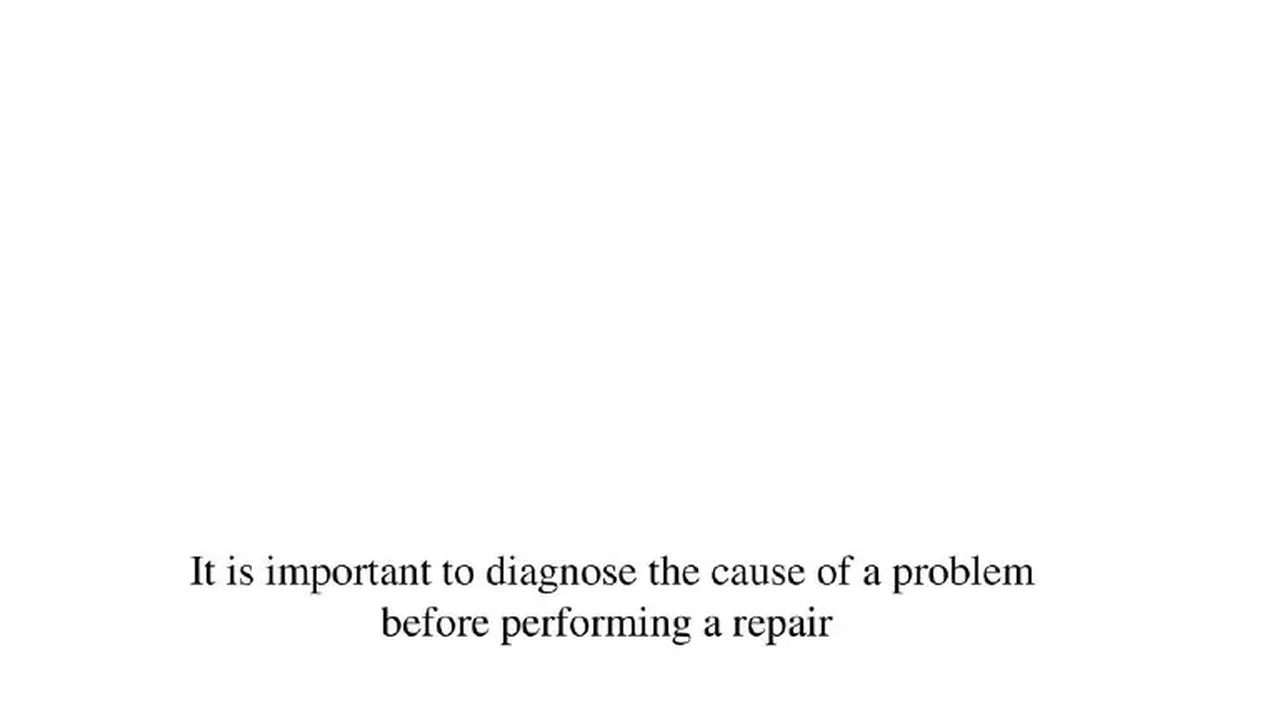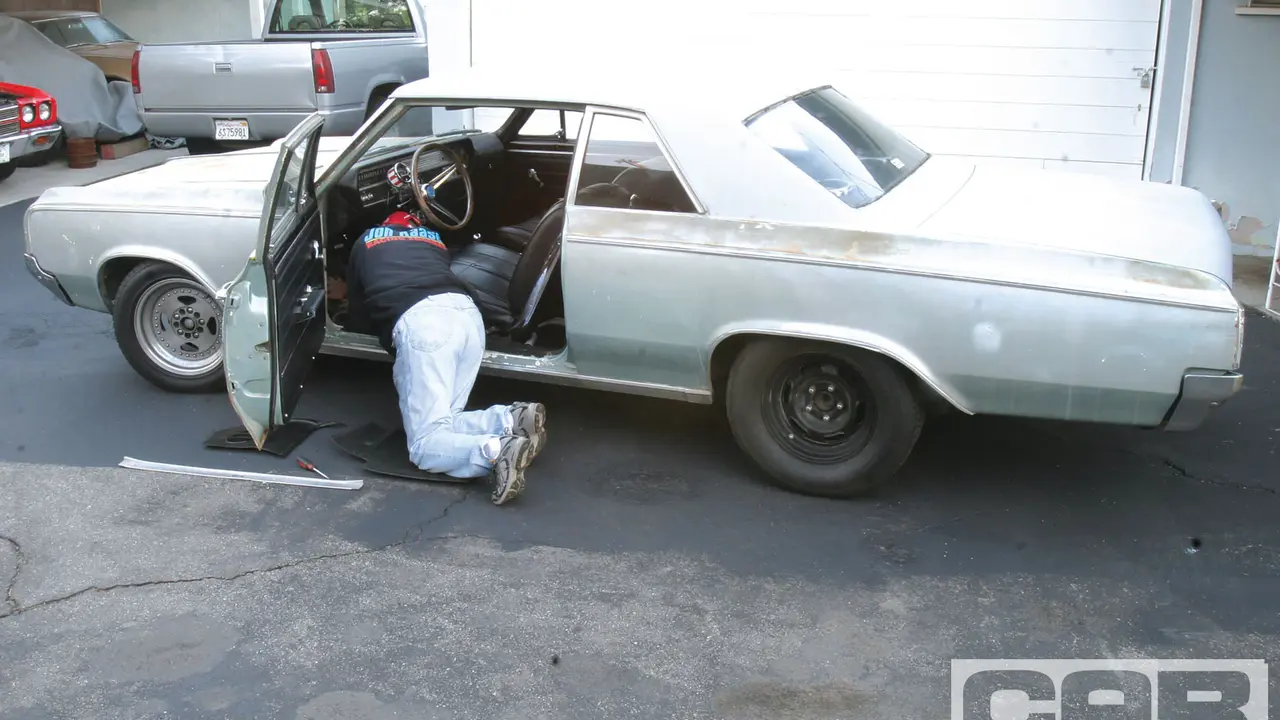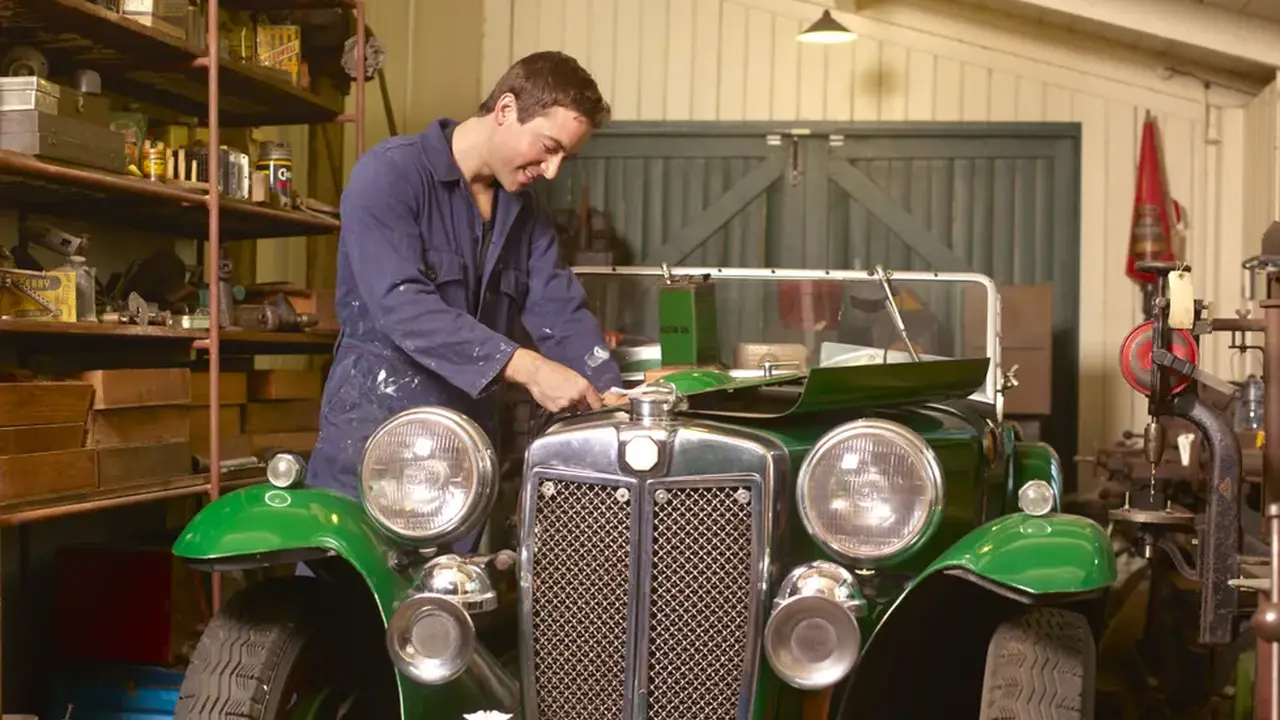Diagnosing Engine Problems: A Beginner's Guide

Learn how to diagnose common engine problems in classic cars Understand basic troubleshooting techniques and identify potential issues Save money on unnecessary repairs
Understanding the Basics of Classic Car Engine Diagnostics
Okay, so your classic beauty is acting up? Don't panic! Diagnosing engine problems can seem daunting, but with a little know-how, you can tackle many issues yourself. The key is understanding the basic systems that make your engine tick – fuel, ignition, compression, and exhaust. Let's break it down.
Fuel System Troubleshooting for Classic Cars
First up, the fuel system. Is your engine getting enough gas? Common culprits include a clogged fuel filter, a faulty fuel pump, or a blocked fuel line. Start by checking the fuel filter – it's usually a simple replacement. Then, listen for the fuel pump when you turn the key. If you don't hear it whirring, it might be time for a new one. Also inspect the fuel lines for any kinks or leaks.
Product Recommendation: Fuel Filter
Fram G3 Fuel Filter: A reliable and affordable option for many classic cars. Priced around $10-$20, it's a simple way to ensure clean fuel delivery. Scenario: Use this filter when performing routine maintenance or if you suspect a fuel delivery issue. Comparison: Compared to cheaper alternatives, the Fram G3 offers superior filtration and durability.
Ignition System Diagnostics for Vintage Automobiles
Next, the ignition system. This is what sparks the fuel-air mixture and gets things moving. Common problems include faulty spark plugs, a bad distributor cap, or a weak ignition coil. Check the spark plugs first – are they clean and properly gapped? A fouled or cracked plug can cause misfires. Inspect the distributor cap for cracks or corrosion. A weak coil can also cause starting and performance issues.
Product Recommendation: Ignition Coil
MSD Blaster 2 Ignition Coil: An upgrade for improved spark and performance. Costing around $40-$60, it's a popular choice for classic cars. Scenario: Install this coil if you're experiencing weak spark or want to improve engine performance. Comparison: Compared to stock coils, the MSD Blaster 2 provides a hotter spark, leading to better combustion.
Compression Testing Techniques for Older Engines
Compression is critical. If your engine isn't sealing properly, it won't run well. A compression test will tell you if your cylinders are holding pressure. You'll need a compression tester, which you can rent or buy. Remove all the spark plugs, screw the tester into each cylinder one at a time, and crank the engine. Record the readings for each cylinder. Low compression can indicate worn piston rings, leaky valves, or a blown head gasket.
Product Recommendation: Compression Tester
Actron CP7828 Compression Tester Kit: A comprehensive kit for testing compression on various engines. Priced around $30-$50, it's a worthwhile investment. Scenario: Use this kit when diagnosing low power or rough running conditions. Comparison: Compared to cheaper testers, the Actron CP7828 offers better accuracy and durability.
Exhaust System Inspection and Common Problems
Finally, the exhaust system. A blocked or damaged exhaust can restrict airflow and affect performance. Check for leaks, rust, or damage along the entire system. A clogged catalytic converter (if your classic car has one) can also cause problems. Listen for unusual noises, like hissing or rattling, which could indicate a leak or damage.
Identifying Unusual Engine Noises in Classic Cars
Your ears are your best friend! Listen carefully to your engine. Ticking, knocking, or hissing sounds can provide valuable clues. A ticking sound might indicate a valve issue, a knocking sound could be a sign of rod knock, and a hissing sound could point to a vacuum leak.
Vacuum Leak Detection and Repair Methods
Vacuum leaks can cause all sorts of problems, from rough idling to poor performance. Use a vacuum gauge to check the vacuum reading at the intake manifold. A low or fluctuating reading suggests a leak. You can also use a spray bottle with soapy water to spray around vacuum lines and intake manifold gaskets. If you see bubbles, you've found a leak.
Checking and Replacing Spark Plugs in Vintage Vehicles
Spark plugs are relatively inexpensive and easy to replace. Check them regularly for wear and fouling. Use a spark plug socket and a torque wrench to ensure they're properly installed. Refer to your car's manual for the correct spark plug type and gap.
Product Recommendation: Spark Plugs
NGK Spark Plugs: A trusted brand for reliable performance. Priced around $3-$5 per plug, they're a cost-effective way to maintain your engine. Scenario: Use these plugs during routine maintenance or if you're experiencing misfires. Comparison: Compared to generic plugs, NGK plugs offer better durability and spark quality.
Troubleshooting Carburetor Issues in Classic Automobiles
If your classic car has a carburetor, it can be a source of many problems. A dirty or misadjusted carburetor can cause poor starting, rough idling, and poor performance. Clean the carburetor with carburetor cleaner and check the float level. Refer to your car's manual for the correct carburetor settings.
Distributor Cap and Rotor Inspection and Replacement
The distributor cap and rotor distribute the spark to the correct cylinders. Inspect them regularly for cracks, corrosion, or wear. Replace them if necessary to ensure proper ignition timing.
Understanding and Using a Multimeter for Electrical Diagnostics
A multimeter is an essential tool for diagnosing electrical problems. You can use it to check voltage, resistance, and continuity. Learn how to use it safely and effectively to troubleshoot wiring issues, faulty sensors, and other electrical problems.
Battery Testing and Maintenance for Classic Cars
A weak or dead battery can leave you stranded. Check the battery voltage with a multimeter. It should be around 12.6 volts when fully charged. Clean the battery terminals and check the battery cables for corrosion. Consider using a battery maintainer to keep your battery charged during storage.
Product Recommendation: Battery Maintainer
NOCO Genius1 Battery Maintainer: A smart and compact maintainer for keeping your battery charged. Priced around $25-$35, it's a great investment. Scenario: Use this maintainer during storage to prevent battery discharge. Comparison: Compared to trickle chargers, the NOCO Genius1 offers smart charging and prevents overcharging.
Cooling System Checks Radiator Hoses and Thermostat
Overheating can cause serious engine damage. Check the coolant level regularly and inspect the radiator hoses for cracks or leaks. Replace the thermostat if it's not functioning properly.
Oil Pressure Monitoring and Low Oil Pressure Causes
Low oil pressure can indicate serious engine problems. Monitor the oil pressure gauge regularly. If you notice low oil pressure, check the oil level and look for leaks. Low oil pressure can be caused by a worn oil pump, worn bearings, or a blocked oil passage.
Common Warning Signs of Major Engine Problems
Be aware of the warning signs of major engine problems, such as excessive smoke, unusual noises, or a sudden loss of power. Addressing these issues early can prevent costly repairs.
Using Online Forums and Resources for Classic Car Diagnostics
Don't be afraid to ask for help! Online forums and resources are a great place to connect with other classic car enthusiasts and get advice on diagnosing engine problems. Share your symptoms and ask for suggestions. You'll be surprised how much you can learn from others.
Documenting Your Diagnostic Process for Future Reference
Keep a record of your diagnostic process, including the symptoms, tests you performed, and the results. This will help you track down problems more quickly in the future.
:max_bytes(150000):strip_icc()/277019-baked-pork-chops-with-cream-of-mushroom-soup-DDMFS-beauty-4x3-BG-7505-5762b731cf30447d9cbbbbbf387beafa.jpg)






